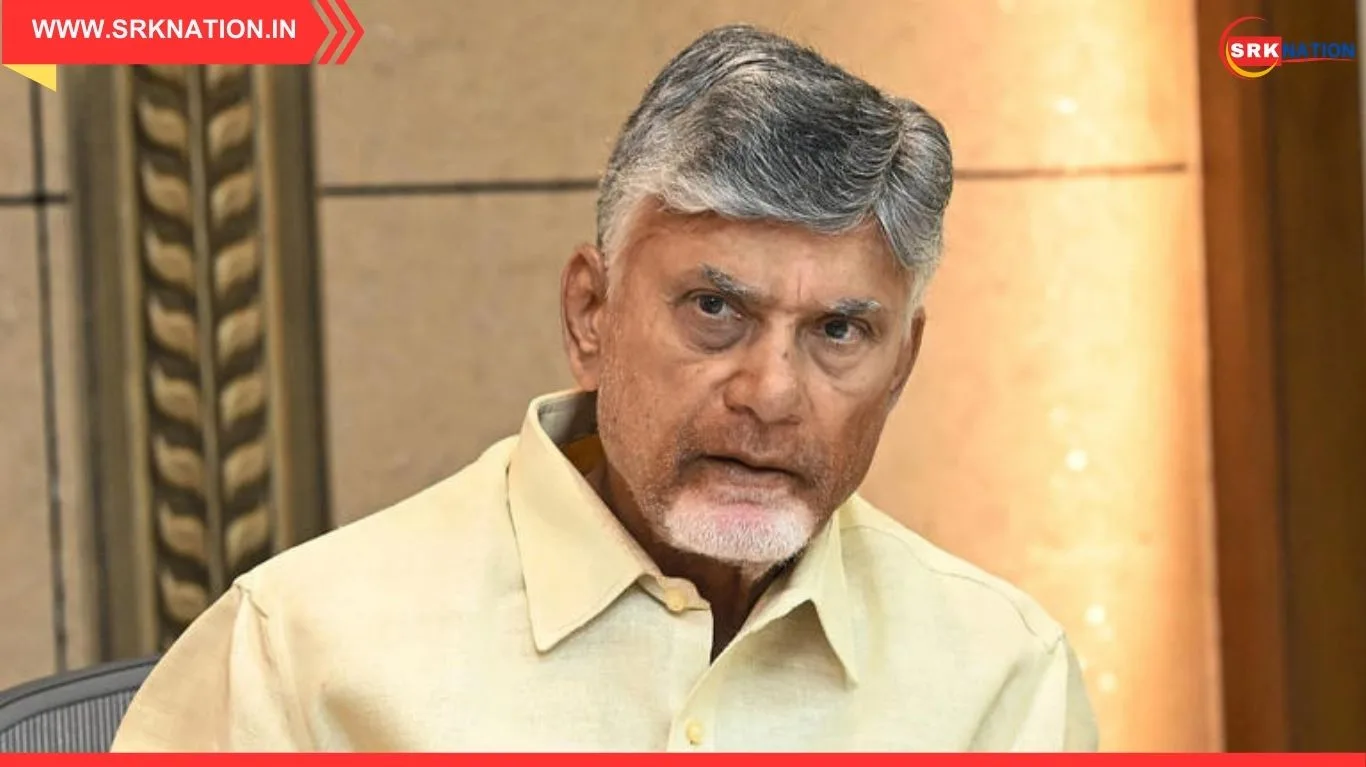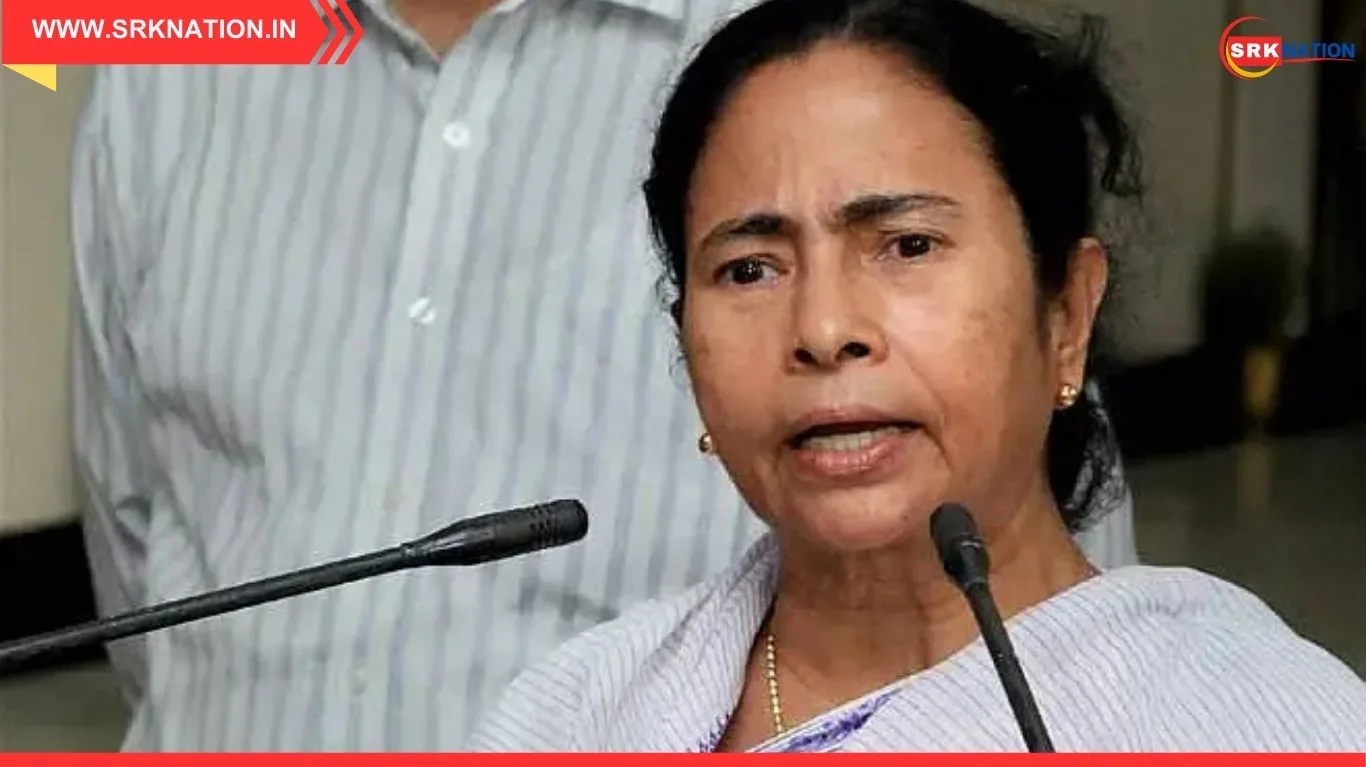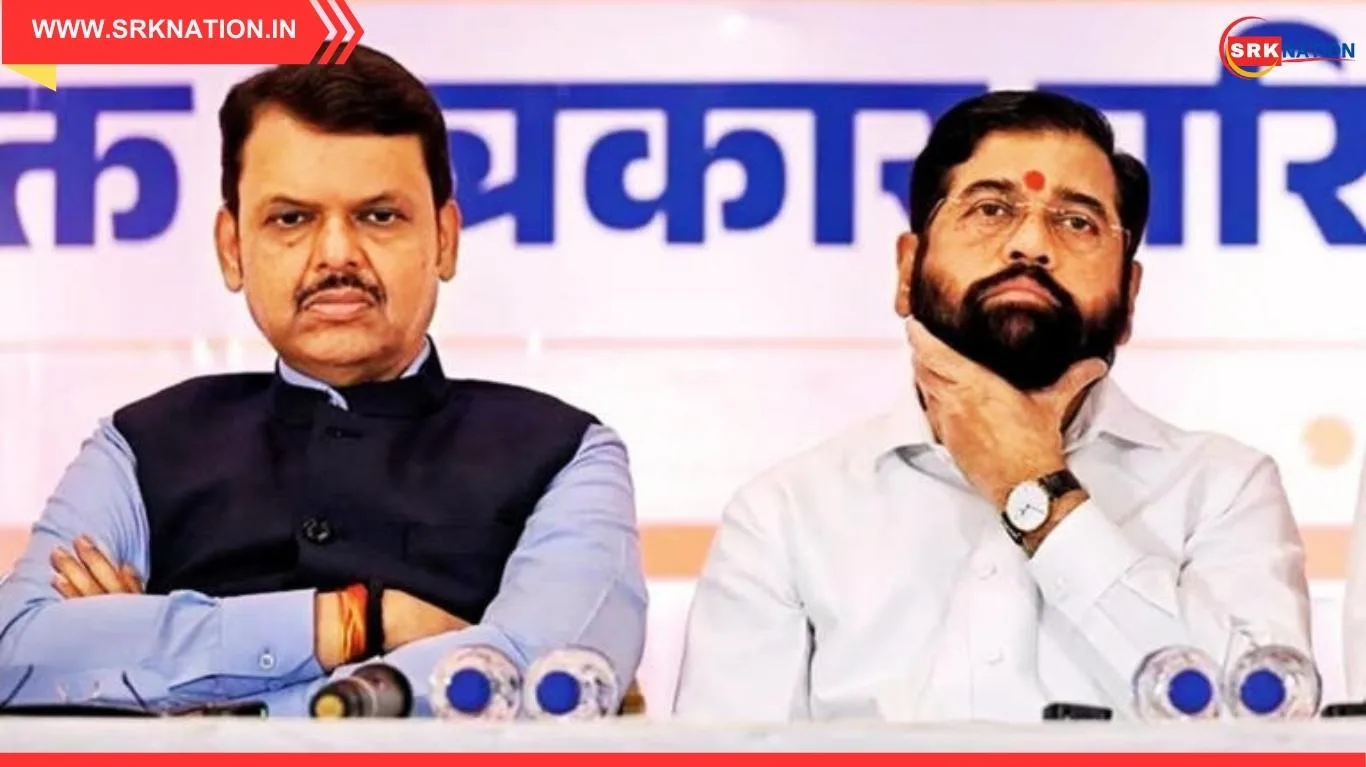In a landmark decision set to redefine India’s innovation landscape, the Union Cabinet chaired by Prime Minister Narendra Modi has approved a ₹1 lakh crore (₹1 trillion) scheme to promote research and development (R&D) across strategic, scientific, and industrial sectors. This mega policy move aims to position India as a global innovation hub and accelerate its journey towards becoming a $10 trillion economy by 2035.
Key Highlights of the R&D Scheme
✅ Total outlay: ₹1 lakh crore over five years
✅ Interest-free loans: For private sector R&D investments in priority sectors
✅ Focus areas: Semiconductor design and manufacturing, green hydrogen, quantum technologies, AI, clean energy storage, deep ocean exploration, defence, and aerospace
✅ Objective: Raise gross expenditure on R&D (GERD) from current 0.7% to 2% of GDP by 2030
Sectoral Focus of ₹1 Lakh Crore R&D Scheme
| Sector | Indicative Allocation (₹ crore) | Key Objectives |
|---|---|---|
| Semiconductors | 15,000 | Chip design, foundry, packaging capabilities |
| Green Hydrogen | 10,000 | Electrolyser manufacturing, hydrogen storage |
| Quantum Technologies | 8,000 | Quantum computing, secure communications |
| AI & ML | 12,000 | Indigenous large language models, AI chips |
| Clean Energy Storage | 10,000 | Advanced battery chemistries, giga factories |
| Deep Ocean Exploration | 5,000 | Mining of polymetallic nodules, ocean robotics |
| Defence & Aerospace | 20,000 | UAVs, missile systems, advanced materials |
| Biotechnology & Pharma | 10,000 | mRNA platform expansion, rare disease therapies |
| Others | 10,000 | Fundamental research, translational science |
Source: Department of Science & Technology (DST) draft policy estimates
Union Minister’s Statement
Announcing the decision, Union Science and Technology Minister Dr. Jitendra Singh said:
“This ₹1 lakh crore R&D push is a game-changer for Atmanirbhar Bharat. It will empower our startups, research institutions, and industries to lead in next-generation technologies. Innovation will drive India’s economic strength and global standing.”
Why Is This Scheme Important?
1. India’s GERD remains low
| Country | GERD (% of GDP) |
|---|---|
| Israel | 5.4 |
| South Korea | 4.8 |
| USA | 3.5 |
| China | 2.4 |
| India | 0.7 |
Source: UNESCO Science Report 2024
2. Private Sector Lags in R&D Investments
While Indian firms have ramped up digital and manufacturing investments, R&D spending remains dominated by the public sector and a few large IT and pharma firms.
Scheme Design and Funding Model
✅ Interest-free loans: To incentivise private investment in strategic R&D projects
✅ Grants: For academia-industry joint projects with high societal or national security impact
✅ PPP Model: Joint funding pools with global technology firms and venture investors
✅ Special Purpose Vehicles (SPVs): For mega projects like semiconductor fabs and quantum research centres
Key Implementation Ministries
| Ministry | Role |
|---|---|
| Ministry of Science & Technology | Nodal implementation, project appraisal |
| Ministry of Electronics & IT | Semiconductor and AI initiatives |
| Ministry of Defence | Defence R&D and DRDO collaborations |
| Ministry of New & Renewable Energy | Green hydrogen, clean storage |
| Department of Space | Satellite, launch vehicle research |
| NITI Aayog | Monitoring outcomes, policy alignment |
Expected Impact on India’s Innovation Ecosystem
✅ Boost GERD to 2% of GDP by 2030
✅ Creation of 5 lakh+ high-skilled R&D jobs
✅ Growth in patent filings and global IP rankings
✅ Acceleration of indigenous defence and space technologies
✅ Stronger collaboration between IITs, IISc, private labs, and global tech giants
Expert Opinions
Dr. Anil Kakodkar, nuclear physicist and former AEC Chairman, commented:
“India needed such catalytic funding for R&D. The focus must be on creating robust institutions, talent pipelines, and indigenous IP ownership, not just product assembly.”
Comparison with Global R&D Funding Programs
| Country | Major Scheme | Funding Size | Focus |
|---|---|---|---|
| USA | CHIPS and Science Act | $280 billion | Semiconductors, AI, quantum |
| China | Made in China 2025 | $300 billion+ | Advanced manufacturing, AI |
| EU | Horizon Europe | €95 billion | Science, tech, climate, health |
| India | ₹1 lakh crore R&D scheme | $12 billion | Strategic tech, industry R&D |
How Industry Will Access the Scheme
- Project proposal submission to nodal ministry or DST portal
- Evaluation by expert committees based on innovation, feasibility, impact
- Approval of interest-free loan or grant
- Progress-linked disbursement with strict outcome monitoring
- IP and revenue sharing norms for public-funded R&D defined in guidelines
Challenges Ahead
✅ Effective governance to prevent fund misuse
✅ Ensuring MSMEs and startups access funds equitably
✅ Avoiding duplication across ministries and existing R&D schemes
✅ Building talent pipelines through higher education reforms and STEM skilling
Existing Major R&D Schemes
| Scheme | Ministry | Objective | Funding |
|---|---|---|---|
| National Mission on Quantum Technologies | DST | Build quantum computing and communication infrastructure | ₹8,000 crore |
| National Green Hydrogen Mission | MNRE | Develop green hydrogen production and usage ecosystem | ₹19,744 crore |
| Semiconductor PLI Scheme | MeitY | Promote chip manufacturing and design | ₹76,000 crore |
| Make in India Defence R&D | MoD | Boost indigenous defence tech | ₹50,000 crore |
Union Cabinet’s Closing Note
In the Cabinet statement, the government emphasised:
“This scheme reaffirms India’s resolve to transform into an innovation-driven knowledge economy, aligning with Viksit Bharat 2047 goals.”
Future Outlook
- Scheme guidelines release: Expected within a month by DST
- First round of project approvals: Targeted by October 2025
- New research centres: Proposed in quantum, AI, advanced materials, and biotech
- Increased global collaboration: Especially with Quad, EU, and Middle East partners in frontier technologies
Conclusion
The Cabinet’s approval of the ₹1 lakh crore R&D scheme marks a historic push to place India among the top global innovation ecosystems. As implementation begins, its success will depend on transparent governance, industry-academia synergy, and a relentless focus on creating indigenous intellectual property that powers India’s strategic, scientific, and economic aspirations.
Disclaimer: This article is based on official Cabinet decisions, ministry press releases, and industry expert insights. Readers should refer to detailed scheme guidelines and notifications from the Department of Science & Technology and respective ministries for application processes and funding eligibility.











